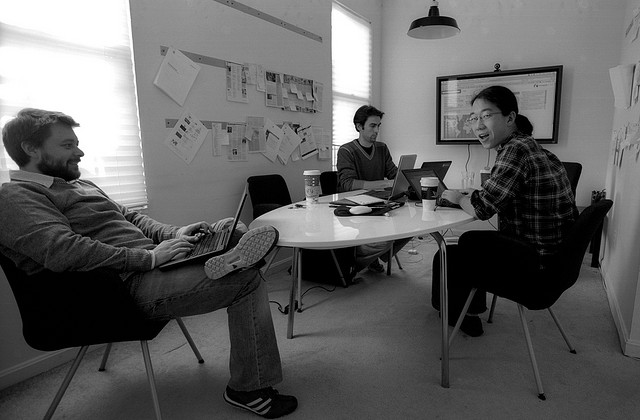At conferences, I frequently take part in conversations around diversity, which often drift toward the need to provide a “business case” for diversity. While the concept of a business case is certainly fine–we should always manage in ways that explicitly help the business thrive–the whole “business case for diversity” thing has always bugged me. It feels like we’re asking for the business case of employing humans. Diversity is a natural part of human systems that thrive. Period. When we’re too similar, we get less innovation, less learning, we stay in ruts too long. Difference is vital to our success. It seems obvious to me.
But hey, if some people need convincing, that’s fine. So here’s what I think may be the most compelling business case for diversity right now:
The largest segment of both your future workforce and future customer base is expecting diversity, so if you can’t handle it, they won’t understand you.
I am talking about the Millennials. They are the biggest generation in the history of the United States (yes, bigger than the Baby Boom generation). They are not yet the largest segment of the workforce (that’s Generation X, by the way), but they will be in just a few years. And they’ll stay on top for decades.
And they grew up with diversity. It has been all around them, much more visibly than in previous generations. Beyond skin color, gender, and ethnicity, they also simply expect diversity to be more present in their work and lives. They like “mash-ups” where you take something from one context and apply it in a completely different one, even though it wasn’t designed for that. That kind of innovation is normal to them–a normal outcome of a diverse system.
But inside our organizations, generally speaking, we have a tough time with that. We have rules and processes and systems that don’t tolerate that kind of innovation, partly because they were not built with diversity in mind. If anything, we built our systems to attract the same kind of people who built the systems in the first place. We like consistency. Millennials don’t mind consistency, but not at the expense of diversity and innovation. In other words, the generation that is going to be the largest segment of your workforce really doesn’t understand you.
And when your workforce doesn’t understand you, they leave to go work for another company (or for themselves). When your customers don’t understand you, they buy their stuff from someone else. Is that business case strong enough for you?
In our book, we have identified four key capacities that organizations can develop that will not only help them accomplish more and be more agile in today’s fast-paced environment, they will also make more sense to the Millennial Generation. The four capacities are digital, clear, fluid, and fast. How do you rate in those four areas? If you want to stay relevant to the future of both your workforce and your customer base, you might want to take a closer look.

